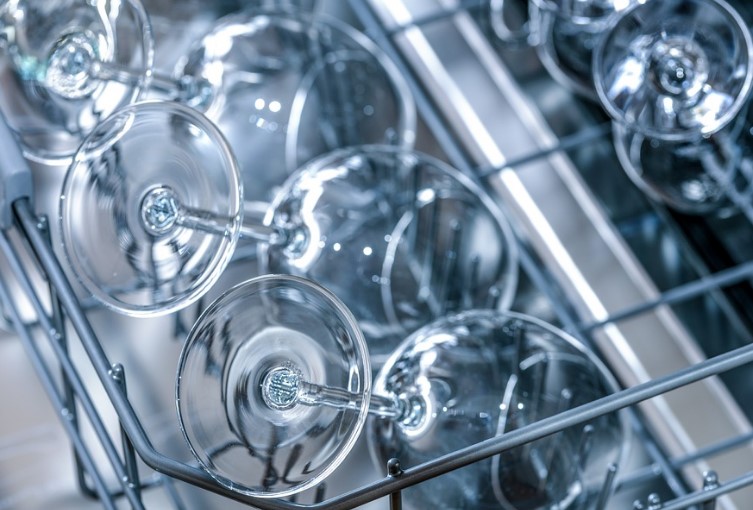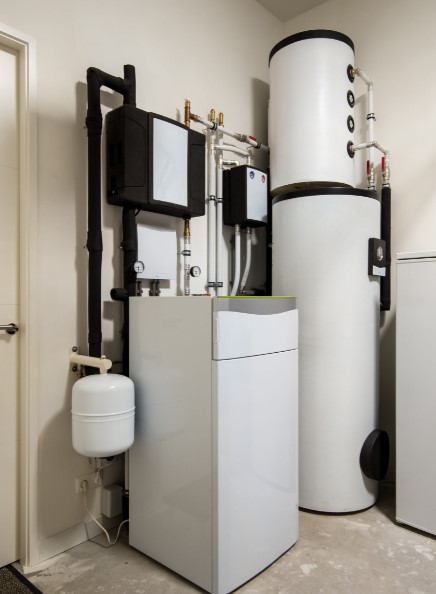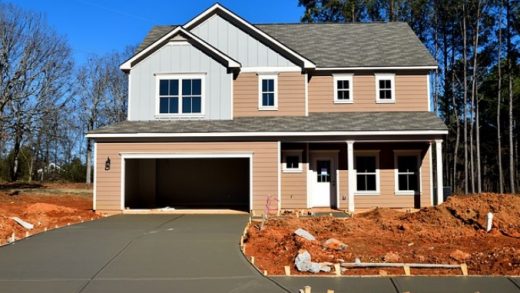If you’re like most people, your dishwasher is a crucial part of your kitchen. Unfortunately, dishwashers can sometimes have common problems that can make them difficult to use. In this blog post, we’re going to discuss some of the most common dishwasher problems and how to solve them. Read more about common dishwasher problems also on Beyond Vela. We’ll cover problems like: my dishwasher won’t turn on, water is leaking from my dishwasher, my dishwasher doesn’t drain properly, and my dishwasher leaves water spots on my dishes. By the end of this post, you’ll know how to troubleshoot and fix common dishwasher problems.
1. My Dishwasher Won’t Turn On
Are you having trouble with your dishwasher not turning on? Here are some possible solutions that may help.
- Make sure that the dishwasher is properly plugged in and that the outlet is working. Sometimes, the outlet can be blocked or there can be a problem with the wiring. If this is the case, you may need to call an electrician to help fix the issue.
- Check the circuit breaker or fuse box to see if the dishwasher has blown a fuse. If it has, replace the fuse with a new one and hope for the best.
- If the dishwasher is hardwired, make sure that the wires are properly connected. Sometimes, wires can get twisted up in the machine and cause it not to work correctly.
- The motor may be burned out and need to be replaced by a technician.
- The thermal fuse may be blown and needs to be replaced with a new one before attempting any other repairs on your dishwasher.
- The door switch may be defective and needs to be replaced before using your dishwasher again.
- The timer or control panel may also need to be replaced in order for your dishwasher to function correctly again- usually this will require contacting a technician for assistance.
- Finally, if you think that there might possibly be something wrong with your water line or inlet valve inside of your dishwasher- these parts can sometimes go bad- then you will need to contact a technician for service as they will likely have replacement parts available for you!
2. Water Is Leaking From My Dishwasher
If your dishwasher is leaking water, the first thing you should check is the door seal. If the door seal is damaged, it will need to be replaced. The next thing you should check is the water inlet valve. The water inlet valve is located at the back of the dishwasher and it can sometimes become loose or damaged. Make sure the hose connected to the water inlet valve is not loose. If the hose is loose, tighten it with a wrench. If the hose is damaged, it will need to be replaced. Another common cause of dishwasher leaks are clogged drains- make sure the drain of your dishwasher is clear of any debris before trying to clear it with a plunger. Finally, check for cracks or holes in your dishwasher – if you find any cracks or holes, your dishwasher will need to be replaced.
3. My Dishwasher Doesn’t Drain Properly
If you’re having problems with your dishwasher not draining properly, there are a few things that you can check to determine the cause. In most cases, the dishwasher will not drain properly if there is an air gap between the water in the dishwasher and the drainage system. To check for this, turn on your dishwasher and wait until it begins to fill up with water. If there is an air gap, water will continue to enter the dishwasher even after it has started filling up with water. To fix this problem, you’ll need to remove the wall or cabinet that separates your sink from your dishwasher and seal off the opening with some type of material such as caulk or caulking.
Another common problem is that dirty dishes can block the Dishwasher’s drain pipe which prevents water from draining properly. To clean this drain pipe, first run cold water into it from a faucet before starting your Dishwasher. Once the Dishwasher has finished loading and is running, open its door and pour out all of the dirty dishes onto a drying mat or countertop. Close the door of the Dishwasher and run hot water into its drain pipe from a faucet until it starts flowing freely again.
Finally, one common issue that causes dishes not to wash properly is a clogged Dishwasher Filter. To clean this filter, first disconnect it by unscrewing its knob on top and then pour about two cups of white vinegar down its crevice while turning it slowly by hand. Let it sit for at least 30 minutes before reinstalling it in its holder on top of your Dishwashing Machine.
4. My Dishwasher Leaves Water Spots On My Dishes
Everyone has experienced water spots on their dishes at one time or another. Whether they’re caused by hard water, dish soap residue, or something else entirely, they’re frustrating to deal with. Luckily, there are a few simple steps that you can take to remove them without calling in the professionals.
The first step is to determine what’s causing the water spots. Are they caused by minerals in the water? If so, you can try using white vinegar or a commercial spot remover. Be sure to test the solution on a small area first to make sure it doesn’t damage your dishware.
If those solutions don’t work, then it’s time to try a different type of detergent. Check out our list of recommended detergents for more information. If those don’t work either, then it might be time to call in the professionals. A qualified professional can diagnose and solve the problem faster than you could ever hope for!
In addition to cleaning and removing water spots from dishes, remember to run your dishwasher on the hottest setting possible when it’s in use – this will help prevent future spots from forming!
In A Nutshell
If your dishwasher isn’t working properly, don’t despair! There are several things you can do to troubleshoot the problem. First, check to make sure that the dishwasher is plugged in and that the circuit breaker hasn’t tripped. If everything looks good there, then take a look at the water supply to make sure that it’s turned on and that there’s enough water pressure. Finally, check the drain to make sure it’s not clogged.



